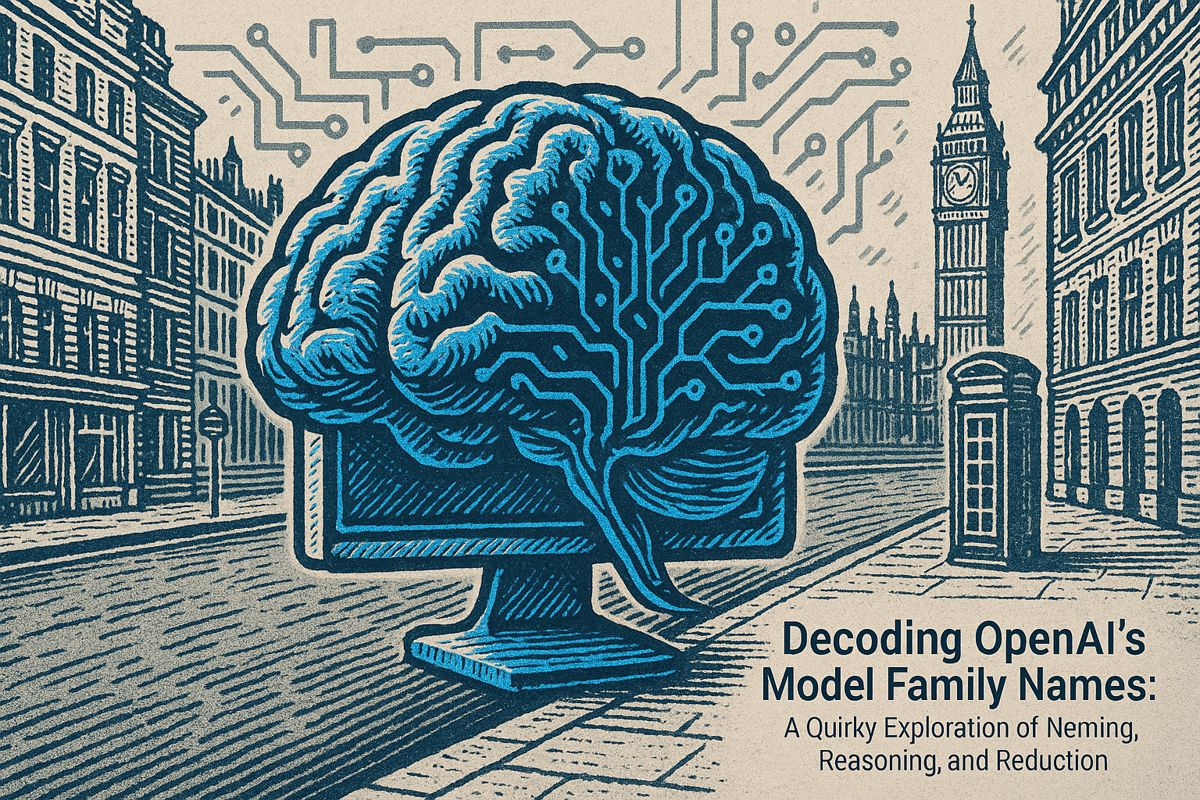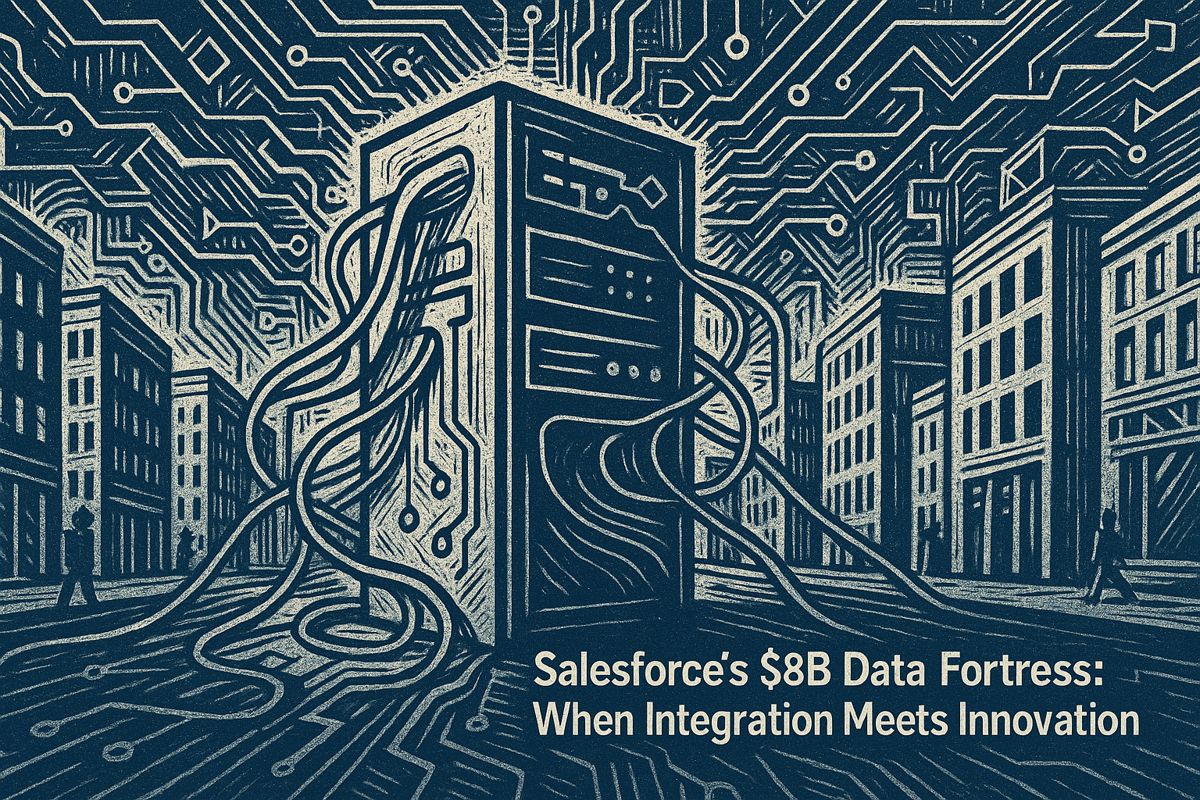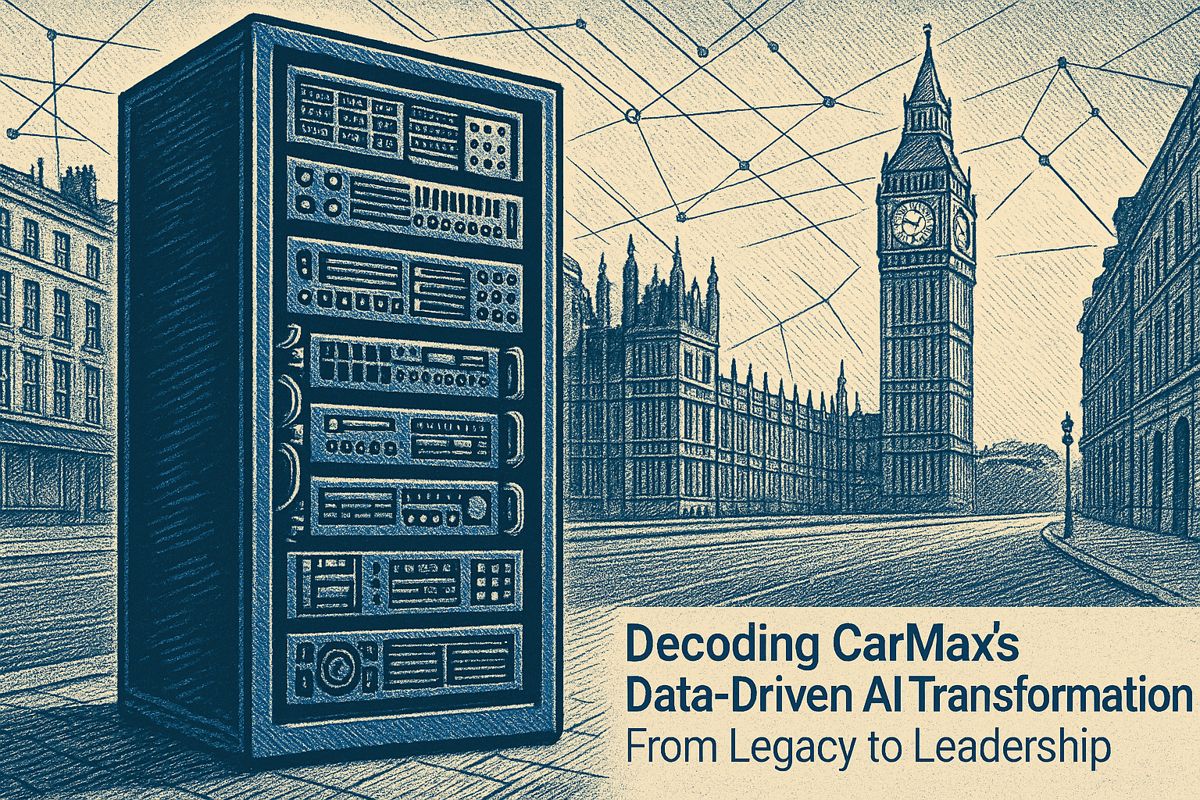Here’s the text with the most important phrase emphasized in markdown bold:
In the early days, AI was like a forgetful goldfish, resetting every interaction and forcing users to repeat information constantly. Recently, AI has developed persistent memory, allowing chatbots and digital assistants to remember context, preferences, and past interactions, dramatically improving user experience. This transformation means AI can now greet users by name, recall previous conversations, and offer more personalized service, as demonstrated by an insurance company that saw customer satisfaction scores rise by 27%. However, this new capability also raises important questions about privacy, data control, and the growing power of technology companies. The shift represents a fascinating journey from a stateless system to a more intelligent, context-aware digital assistant that feels almost human.
How Has AI Improved Its Memory Capabilities?
AI has transitioned from a “stateless” system to one with persistent memory, enabling chatbots and digital assistants to remember context, user preferences, and previous interactions, dramatically improving user experience and service quality by offering personalized, continuous engagement.
The Amnesiac Era: AI’s Early Days
I recently stumbled across a Wall Street Journal article that compared the early days of artificial intelligence to the film “50 First Dates.” You know, that quirky Adam Sandler and Drew Barrymore flick where every morning is a fresh start for her, memory wiped clean overnight? The comparison hit surprisingly close to home. Years ago, I was locked in a Sisyphean struggle, training a customer service chatbot. Each test run dragged me back to square one: retyping my name, my preferences, even my email as if neither of us had ever met. It felt a bit like shouting into a void and waiting for a polite but blank stare in return.
Honestly, that kind of repetition can drain the color out of your day. Anyone who’s explained a technical issue to a robot for the fifth time in a row will know the quiet despair that creeps in. At that point, the only thing missing was a Groundhog Day soundtrack.
Back then, AI was the digital equivalent of an amnesiac goldfish. Every interaction? A brand new universe. But things are different now. Suddenly, these platforms have started to develop what feels suspiciously like memory. I never imagined I’d get a little sentimental about a chatbot remembering my favorite latte or the last bug I reported – but here we are.
The Shift: Persistent Memory Arrives
To give you a sense of what this transformation looks like, let me recount a story from last year. I worked with a mid-sized insurance company in Connecticut – let’s call them Harbor Mutual. Their customer support chatbot, built on Dialogflow, was friendly but forgetful. Every client had to repeat their policy number, birthdate, and reason for calling, every single time. It was like running a call center where every rep had had a mild concussion. Just imagine hundreds of “first dates” every single day.
Complaints arrived in droves. Customers felt unseen, and the team joked (a little bitterly) that the bot had the memory span of a mayfly. After we switched to a version using OpenAI’s GPT with persistent memory, there was a tangible shift. The chatbot greeted returning users by name, asked about their previous claim, even remembered to wish clients a happy birthday. Satisfaction scores climbed by 27% over three months. One of the managers quipped that the chatbot was now more attentive than most of their family members. (Is that progress… or dystopia?)
It made me reflect on how much emotion – yes, real, squirmy embarrassment and relief – I felt seeing that first, successful follow-up message. Maybe I shouldn’t have doubted, but after years in the trenches, skepticism is ingrained.
Under the Hood: How AI Remembers
So why was stateless AI such a headache, and what’s changed? The Journal highlighted that early AI treated each conversation as a blank slate, oblivious to context or history. Picture a therapist who forgets your name and your childhood phobia of clowns every session. Not very helpful. This meant engineers, myself included, had to tediously pipe all necessary context into every message. There was no continuity, no warmth, just the clinical click of resets.
Persistent memory, by contrast, is a real paradigm shift. With it, AI can recall your dietary allergies, your project milestones, or that you detest chit-chat before coffee. For businesses, this means bots can finally offer genuine help, not just rerun scripts. It’s a bit like moving from a one-room schoolhouse to a sprawling library – or maybe a well-organized bodega where the owner knows your order by heart.
Yet, as with any promising technology, the devil is in the details. How do you actually store and retrieve all that context efficiently? The toolkit includes key-value stores (Redis, for example), knowledge graphs, and vector databases such as Pinecone. Each approach has its quirks: key-value stores are quick but shallow, knowledge graphs weave relationships like a spider’s web, and vector databases offer fuzzy, associative memory – like that maddening feeling when something’s “on the tip of your tongue.” I’ve lost a weekend or two chasing those elusive bugs, let me tell you.
The Double-Edged Memory: Perils and Promise
But here’s the rub. A machine that remembers is a machine that can reveal. Security and privacy are not just cloudy hypotheticals. When your AI recalls medical histories, payment info, or confidential company lore, who else can peek into that treasure chest? The rise of “surveillance capitalism” – a term coined by Shoshana Zuboff in The Age of Surveillance Capitalism – hovers like a thunderhead.
Persistent AI memory is starting to replace traditional institutional knowledge. That means whoever controls the memory – Microsoft, Salesforce, or yes, OpenAI – holds the keys to the kingdom. The balance of trust is shifting, subtly but inexorably, from people to code. Isn’t it peculiar how easily we hand over the stewardship of our lives to a digital assistant, trusting it to remember birthdays and deadlines better than our own family?
There’s an odd mix of excitement and unease as I watch this next chapter unfold. On one hand, we’re democratizing attentive service; on the other, we risk deepening divides and raising fresh questions of power. Sometimes, I can’t help but wonder: who’s really in charge of our memories now? Yet, for all my qualms, I can’t deny the quiet thrill I felt the first time a bot remembered my coffee order. Maybe that’s progress, or just a sign I should get out more.
Progress isn’t always neat. Sometimes, it’s a chat window blinking back – waiting to surprise you.



















